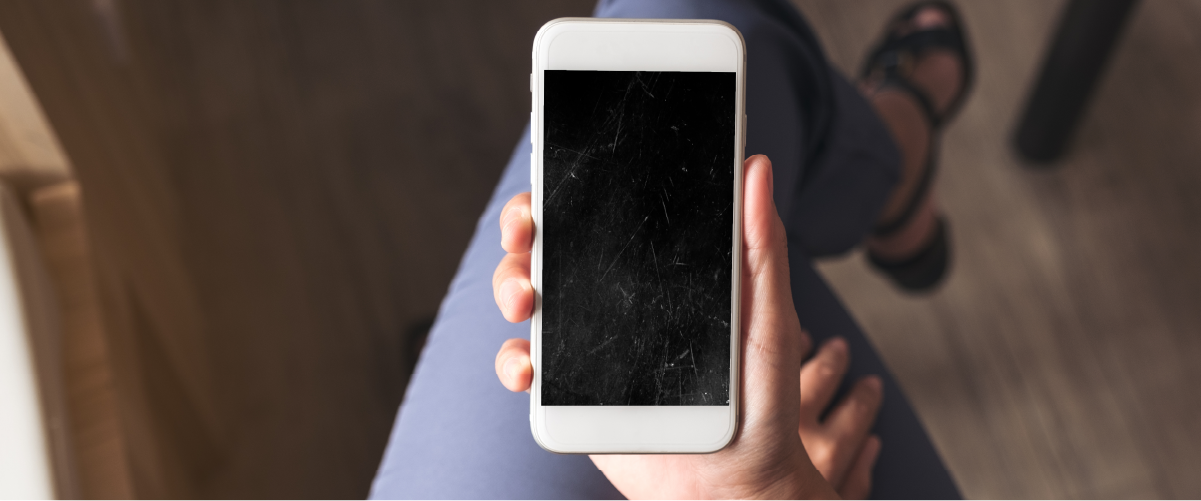BLOG
Innovation Needed in Smartphone Refurbishment Market
April 26, 2021
A series from our whitepaper, ‘The Secondary Smartphone Market REVolution’
As we have established, the secondary smartphone market refurbishes more than 200 million devices a year. Every one of these handsets has to be appraised for performance and graded by cosmetic appearance.
A typical inspection will carry out as many as 100 functional tests (depending on the requirements of the customer) to provide a device grading.
The tested factors include:
This is labour intensive work. Why? Because, in the usual scenario, people do most of the testing. Operators sort gaylord boxes of devices by model, charge them, and then perform tests one at a time.
The job is time-consuming. On average, it takes 250 operators to grade 1,000 handsets per day this way, but the supply of devices can vary wildly throughout the year. It peaks when new models are launched, for example. These seasonal spikes make it difficult to maintain efficient staffing levels.
Clearly, this is a process ripe for automation. However after more than a decade, most attempts at technical innovation have failed.
There are two main reasons for this.
1. Cosmetic testing is too ‘subjective’

What constitutes a ‘serious’ scratch on a screen? How wide? How deep? These are difficult questions to answer for a human tester and even more difficult for a machine to assess. Most attempts to automate cosmetic testing use artificial intelligence to identify a flaw. In this process, the machine will compare a blemish against a library of stored images showing similar marks. But this means the machine can only recognize something familiar and within the existing database. It will also struggle to distinguish between – for example – a scratch, a fingerprint, and a human hair. The result is often a false positive.
2. Time-consuming setup
Most testing machines can handle only one phone model at a time. As a consequence, human operators have to change the settings for the machine every time they load a new device type. They also have to ensure all handsets are fully charged before testing starts. The laborious setup cancels most gains made possible by automation.
REV is Ingram Micro’s response to this surging market. Human operators can use one REV machine to test and grade up to 480 devices per hour, improving the industry average by 10x.
If you are working in the secondary handset or mobile diagnostics, we’d love to hear from you! To find out more about REV, please visit www.ingrammicroservices.com/REV
As we have established, the secondary smartphone market refurbishes more than 200 million devices a year. Every one of these handsets has to be appraised for performance and graded by cosmetic appearance.
A typical inspection will carry out as many as 100 functional tests (depending on the requirements of the customer) to provide a device grading.
The tested factors include:
- Charging
- Battery life
- Camera
- Microphone
- OS version
- Display
- Buttons
- Screen
- Casing
This is labour intensive work. Why? Because, in the usual scenario, people do most of the testing. Operators sort gaylord boxes of devices by model, charge them, and then perform tests one at a time.
The job is time-consuming. On average, it takes 250 operators to grade 1,000 handsets per day this way, but the supply of devices can vary wildly throughout the year. It peaks when new models are launched, for example. These seasonal spikes make it difficult to maintain efficient staffing levels.
Clearly, this is a process ripe for automation. However after more than a decade, most attempts at technical innovation have failed.
There are two main reasons for this.
1. Cosmetic testing is too ‘subjective’

What constitutes a ‘serious’ scratch on a screen? How wide? How deep? These are difficult questions to answer for a human tester and even more difficult for a machine to assess. Most attempts to automate cosmetic testing use artificial intelligence to identify a flaw. In this process, the machine will compare a blemish against a library of stored images showing similar marks. But this means the machine can only recognize something familiar and within the existing database. It will also struggle to distinguish between – for example – a scratch, a fingerprint, and a human hair. The result is often a false positive.
2. Time-consuming setup
Most testing machines can handle only one phone model at a time. As a consequence, human operators have to change the settings for the machine every time they load a new device type. They also have to ensure all handsets are fully charged before testing starts. The laborious setup cancels most gains made possible by automation.
Learn what we’re doing about it
REV is Ingram Micro’s response to this surging market. Human operators can use one REV machine to test and grade up to 480 devices per hour, improving the industry average by 10x.
If you are working in the secondary handset or mobile diagnostics, we’d love to hear from you! To find out more about REV, please visit www.ingrammicroservices.com/REV
Categories

